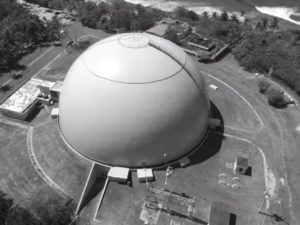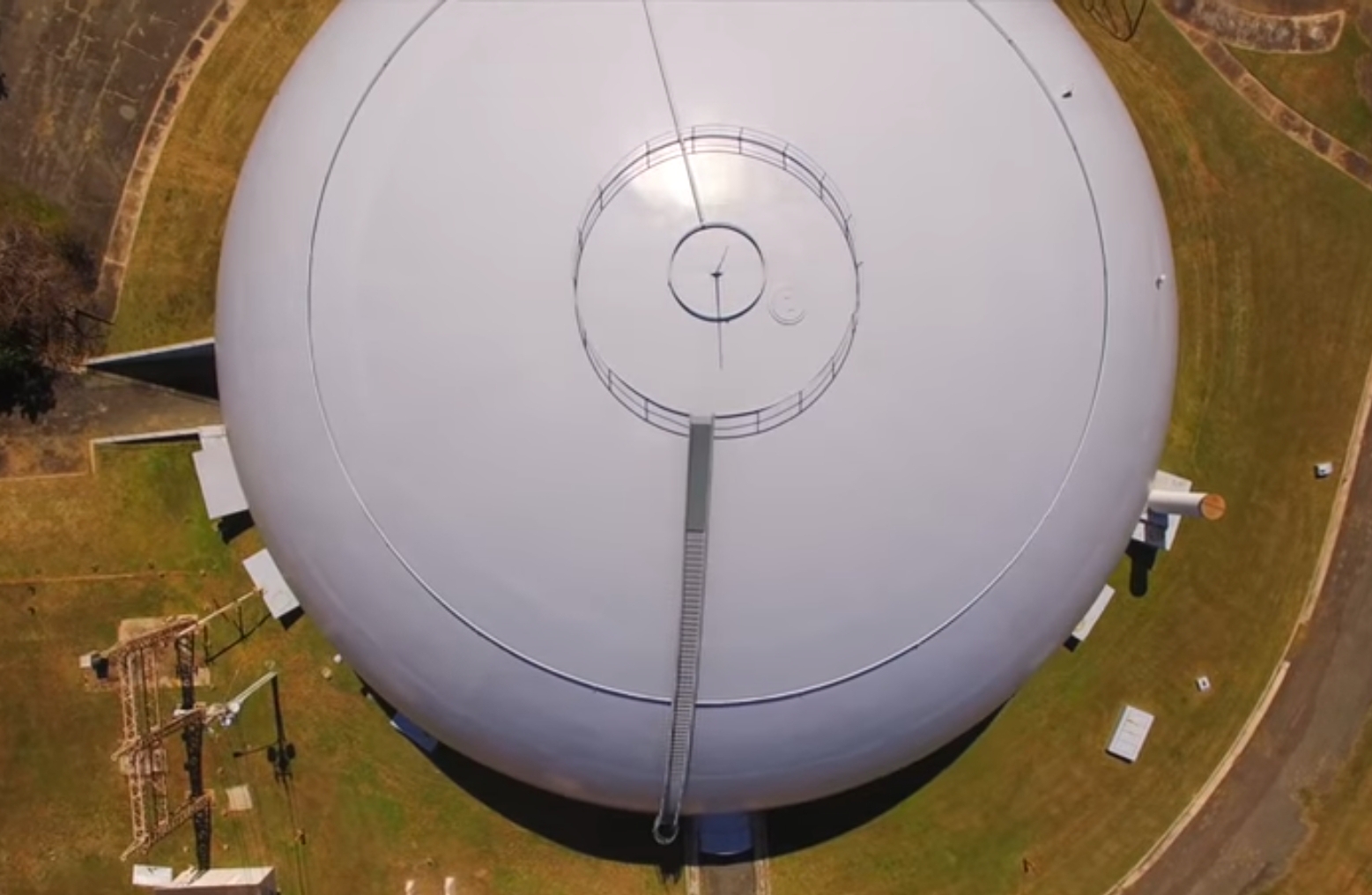Puerto Rico is the site of a failed nuclear power plant that was built as an experiment to proof the technical feasibility and economic benefits of integral boiling superheating. The project began construction in 1960, and the reactor began it’s first controlled nuclear chain reaction on April 13, 1964. By September of the following year the power plant achieved 50MW of thermal energy and steam temperatures of 900 degrees Fahrenheit.
The nuclear power plant, named BONUS, was constructed in the town of Rincon, PR. It was only 4 years in operation when in June of 1968 the plant had to be decommissioned due to leaking radiation and technical difficulties.
While radioctive decontamination was performed, there is still radioactive waste within the site that should be monitored and possibly remedied further. The radioactive contaminated areas and materials were shielded by encasing them with concrete, but in the 1990’s and 2000’s additional remediation was necessary. As more radioactive contamination was found in other areas of the building.
Despite this existing nuclear disaster, several Nuclear Energy agencies met in San Sebastian with Javier D. Jimenez, mayor of that municipality.
In a press release they informed that said meeting was held on October 30, 2018, in the Casa Alcaldía. They would talk about the lessons learned in Hurricane Maria, the country’s energy infrastructure, technological advances in the nuclear industry and the vision of establishing a nuclear reactor in Puerto Rico.
They report that this initiative is led by Puerto Ricans and supported by the US nuclear industry. Although, opposition for such a project by Puerto Ricans in the island is gaining momentum since it was first made public.

The meeting was conducted with 6 US nuclear companies, which were GE-Hitachi, Holtec International, NuScale Power, PAR Systems, Westinghouse and X Energy.

COMMENTS